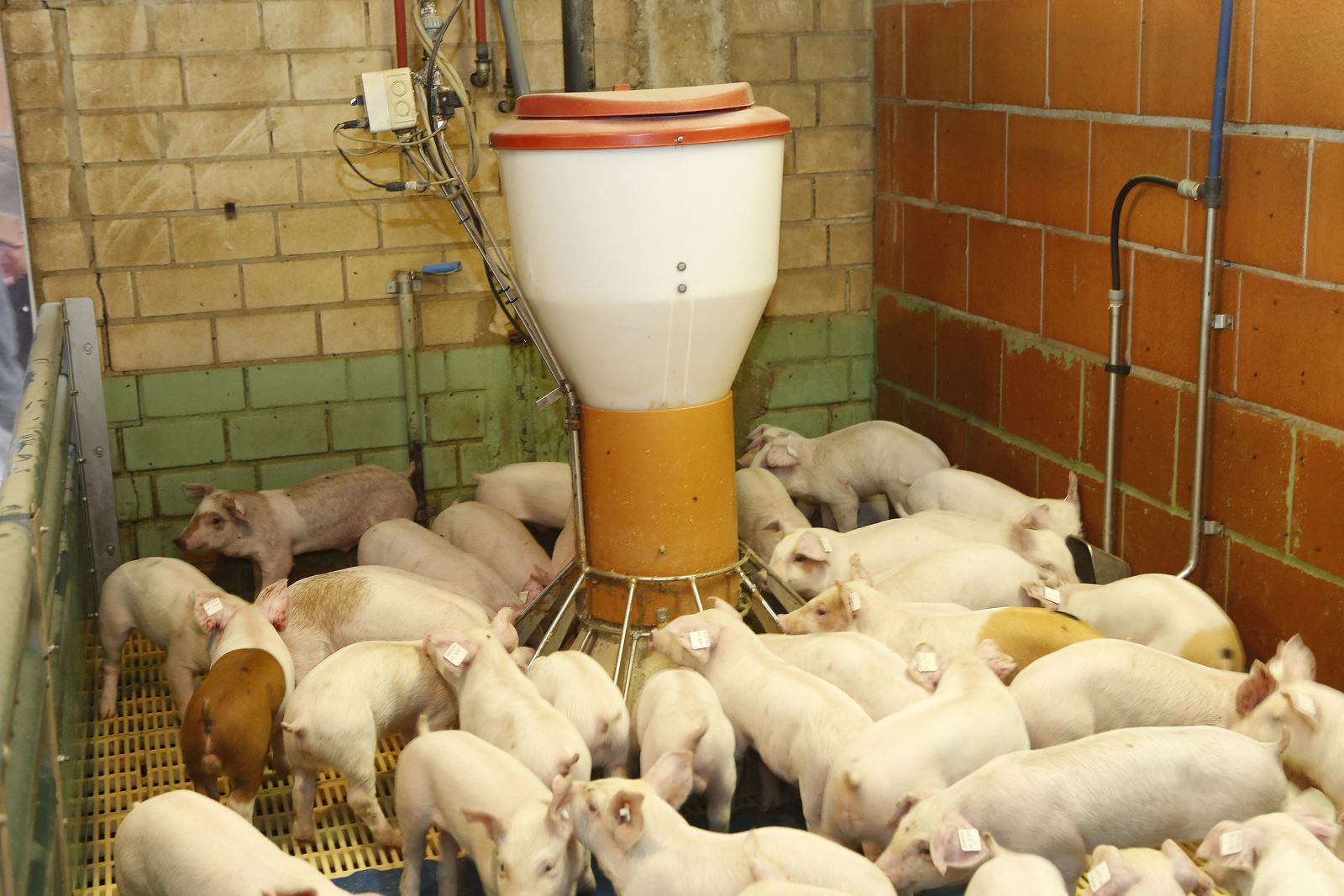Piglets do better with nano-coated trace minerals

A recent trial in Germany has shown that nano-coated trace minerals (15-50 nanometer diameter), which are embedded in a matrix of medium chain fatty acid salts, allow for optimal production efficiency while complying with the regulatory dose levels.
Minerals and more specifically – trace minerals – have proven to play a fundamental role in animal nutrition, yet environmental regulations – which have reduced the maximum allowed in feed mineral levels – cause considerable constraints. Animal nutrition company FRAmelco developed a technology to nano-coat trace minerals.
Protected in the fat matrix
These minerals are embedded in a matrix of medium chain fatty acid salts. “This coating technique and coating material ensure stability during feed processing. Next to that, interaction with other components will not occur, as the minerals remain protected inside the fat matrix until they reach the beginning of the small intestine”, according to the company.
Effects in piglets
To demonstrate the beneficial effects of these minerals, different studies have been conducted. In a trial performed in Germany, traditional Zinc oxide and Copper sulfate (control group) were replaced by the nano-coated zinc and copper (treatment group). Both control and treatment feeds were supplemented with 125 ppm zinc and 140 ppm copper. The test started at weaning and lasted for 42 days. The results indicate that the piglets in the treatment group performed better compared to the control group.











